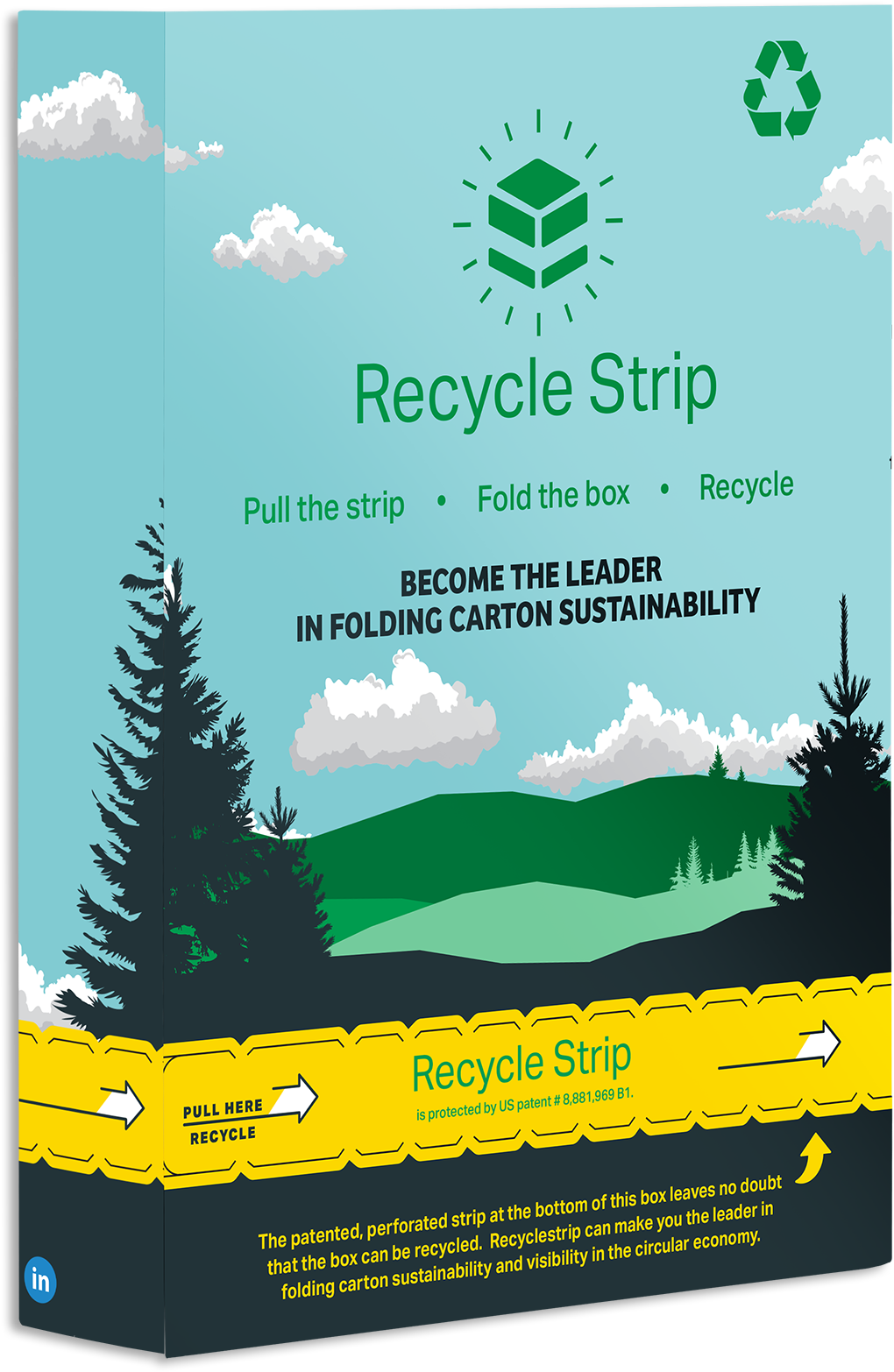By Myles Cohen
Chairman, Circular Ventures, LLC
Commitment to Sustainability is on the tongue of most corporate executives–but especially for those of us in the packaging business. It’s not only good corporate responsibility. It’s also good business.
Michael Doss, CEO of Graphic Packaging International, perhaps said it best when his company’s sales increases were driven by sustainability-supported innovative packaging” solutions and that consumer preferences for sustainable packaging are driving global demand for fiber-based packaging.
While we have made great strides, we all know we have a long way to go. We know a folding carton is recyclable, but we haven’t done a good job of informing the consumers. According to the EPA, cartonboard only has a 20.8% recycling rate in the USA. This is much lower than the PET plastic recycling rate which is hovering around 27 or 28%, and is constantly targeted by environmental groups as having a low recycling rate, yet cartonboard is quite a bit lower. Obviously part of the low recycling rate for cartonboard are issues surrounding the residential recycling infrastructure challenges, but there is no doubt that a great deal of consumer confusion exists when it comes to folding cartons.
According to Trivium Packaging’s “Green Report” more than two-thirds of consumers consider it important that the products they buy are in recyclable packaging, and 54% of consumers take sustainability into consideration when “selecting” a product.
A recent Packaging Digest article stated that 63% of consumers are more likely to buy products with clearer recycling instructions. (Link below).
Consumers Are More Likely to Buy Goods with Clear Recycling Info
Furthermore, there is the emerging (and often dreaded) EPR issue rearing its head. So far this year, there have been EPR bills introduced across 18 states, plus two new laws (so far) Maine and Oregon – and we’re not done yet! For those states that build “eco-modulation” into their EPR laws, there can be significant economic benefits for brands that can demonstrate better ease of recycling, clearer recycling messages, etc. Of course right now EPR is literally “The Wild West”, as it will be for a while, but any way that packaging manufacturers and brands can get “ahead of the curve” will benefit them in the long term.
I see great opportunities in packaging innovation that not only makes it easy to recycle but also identifies a package as recyclable.
For example, this simple invention called Recycle Strip, takes a box manufacturing process (perforation) that has been around for decades and turns it into a learning opportunity by taking the confusion out of whether or not a box is recyclable,




The perforation can be placed at the bottom of boxboard cartons. Its bold presence gives customers a very distinctive environmental sustainability positioning on the shelf, separating them from brands that use standard packaging

